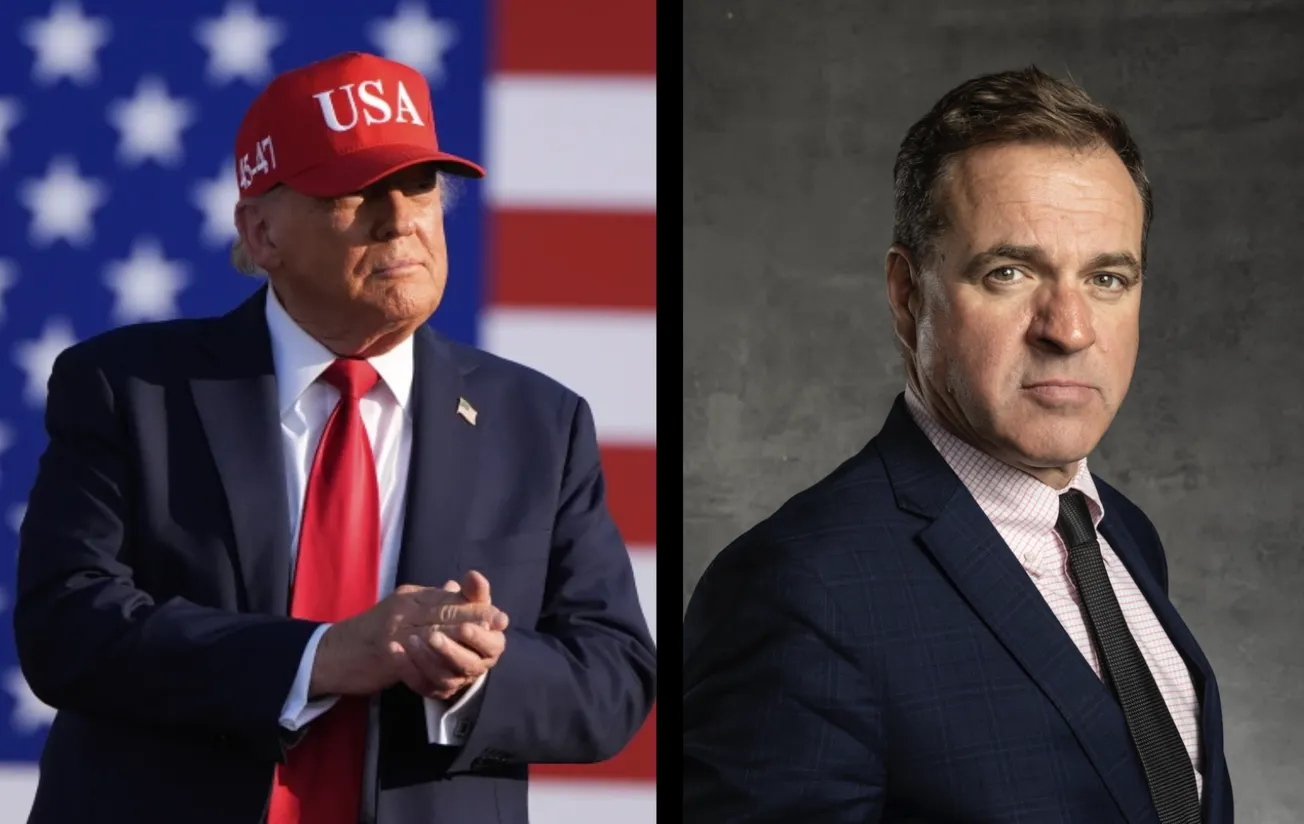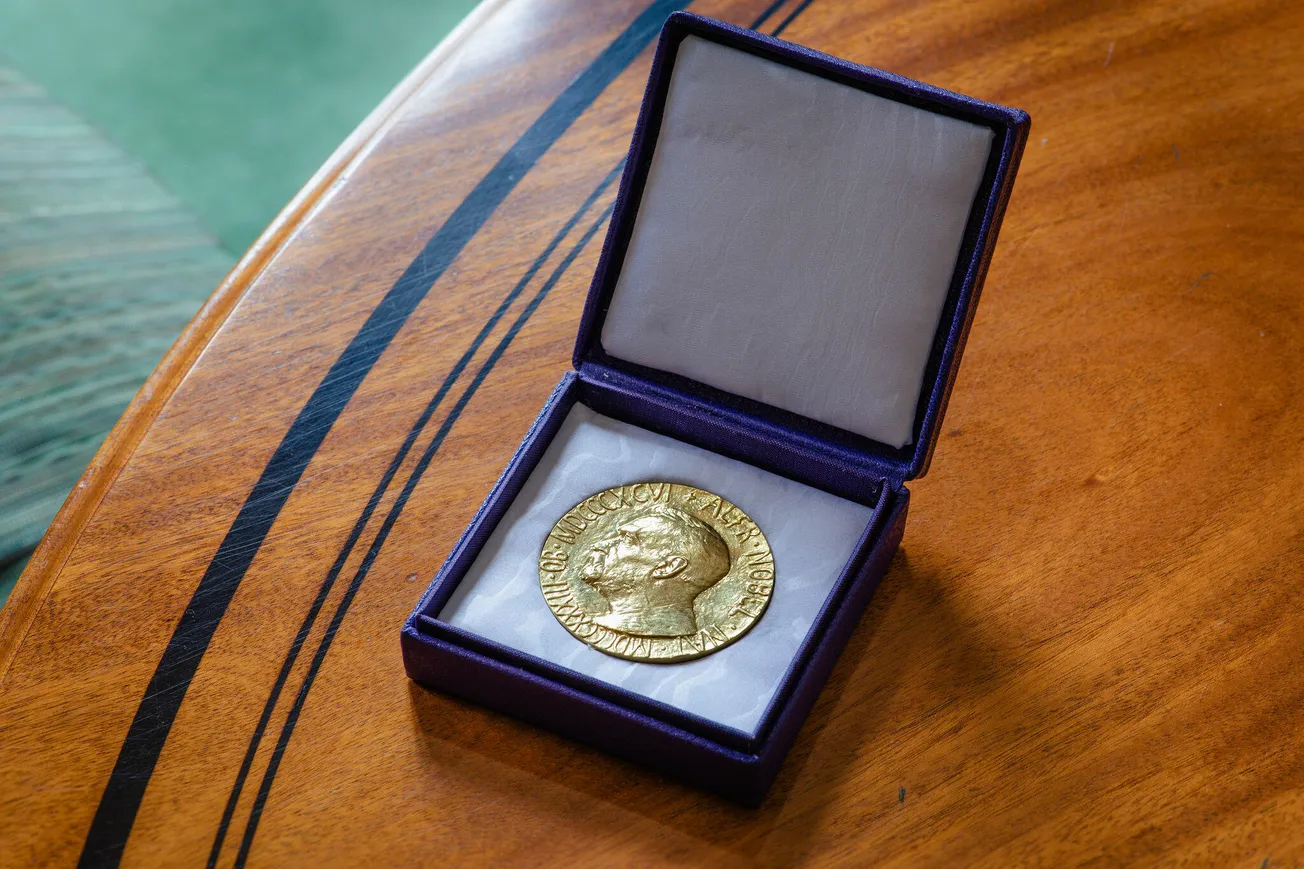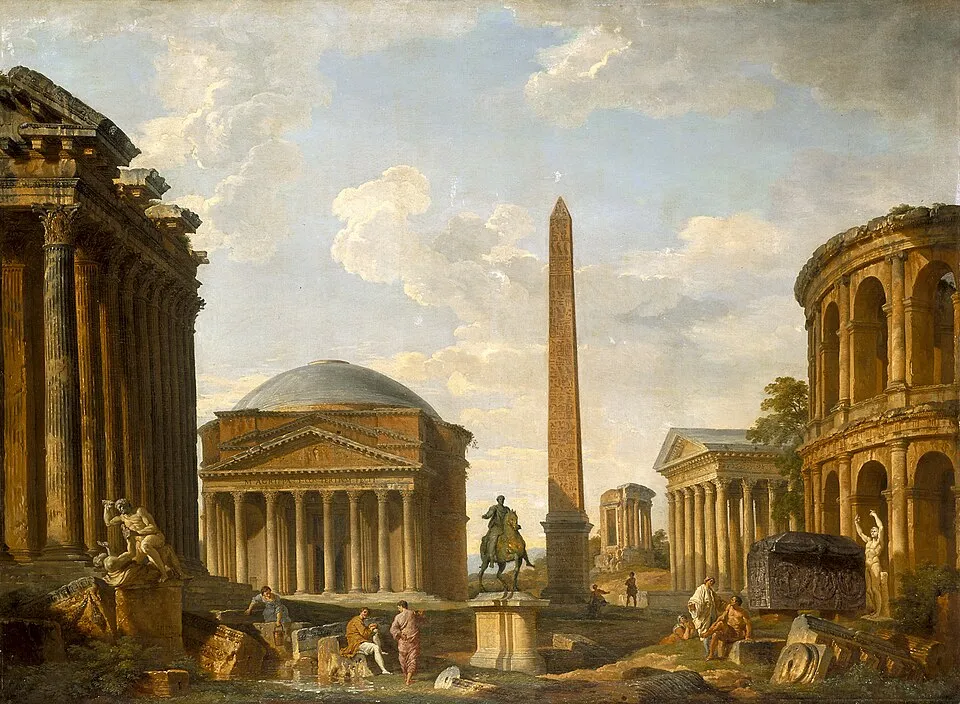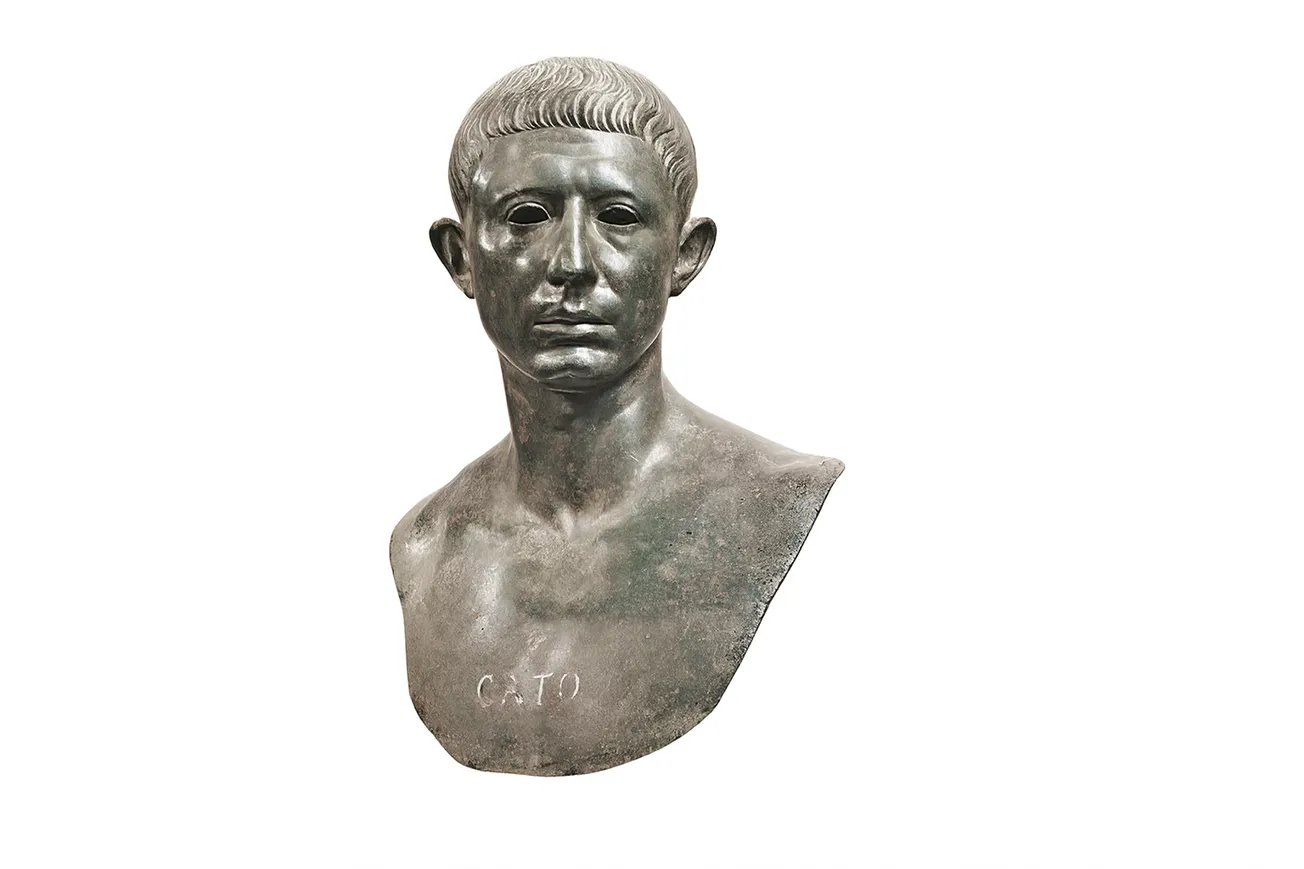Table of Contents
Certainly, the modern-day general public perceives disrespect of military veterans negatively. But have faculty and students from colleges that led Vietnam-era anti-military protests changed their sentiments? At least at Stanford, faculty seem to be open to the idea of supporting individuals who choose to serve, even if anti-militarism still largely exists. Stanford’s Faculty Senate voted almost unanimously for the formation of the ROTC Review Committee.
If anti-ROTC protesters heckled a military veteran speaking at a Stanford event, a majority of the community of faculty and students would likely condemn it. To get a better sense of this, one can look at the atmosphere created by students at the first ROTC town-hall discussion on January 11. Even with three uniformed service members plus several ROTC participants in the audience and participating in the discussion, disrespectful heckling and name-calling did not occur. While the arguments may have been intense and heated toward the end, the Stanford community avoided the spectacle that occurred in Columbia.
Hopefully, the choice by anti-war and anti-military groups to respectfully engage in debate at the Stanford town-hall was not just a strategic decision by these groups to help advance their cause. If it was, then their decision to avoid ad hominem attacks as part of their rhetorical scheme was a smart one. But one must hope that these groups have respect for military veterans and for their right of free speech. They haven’t yet shown otherwise. As the springtime decision draws near, groups on both sides will have the chance to turn Stanford’s debate into a disrespectful debacle, or the chance to prove that Stanford is different than Columbia.




